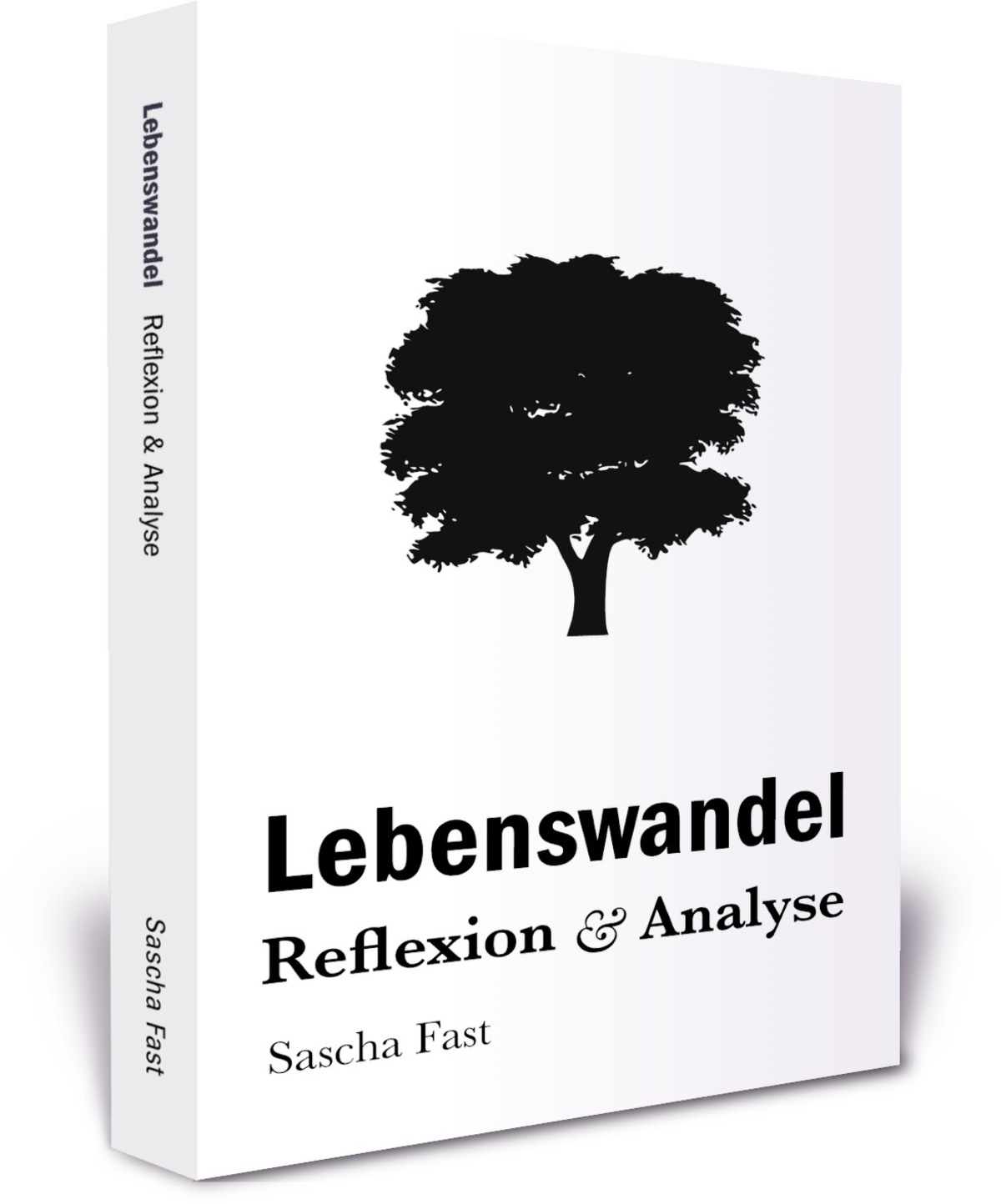Another Win for the Zettelkasten Method
Hello dear knowledge workers,
I just want to announce another win for the Zettelkasten Method. I successfully published a new book, called Lebenswandel: Reflexion und Analyse. In English, it should be translated to “Way of Living: Reflection and Analysis”. It is a very comprehensive overview on designing and thinking properly about one’s lifestyle. Here is a rough translation of the blurb:
The way you live is a bridge between the self we currently are and the self we want to be. Search for the good life – daily.
And Christian made it look pretty, too:

I learned a lot, again, about the interconnection of the realm of writing and the realm of knowledge work. One of the main lessons I learned is to really separate knowledge work and the actual writing and editing. It is quite funny because knowledge work is done in written form: You think in the form through writing.
I compare this distinction to the dichotomy of writing and editing. These are two steps that are best kept separate: First you write and don’t care about anything but creating. You dig deep in the right hemisphere of your brain. It is called the creative side of your brain. Then you turn on your left-brained, conscious inner critic who has an eye for the craftsmanship of writing. First you produce, then you hone your text. Knowledge work is writing that precedes writing the first draft. So, at this moment, I have a three step process:
- Writing notes in my archive, doing knowledge work to give my projects the necessary depth and foundation in thinking and evidence.
- Write the first draft on basis of this foundation. My archive is my prompter that gives me directions and holds me accountable to the foundation I built earlier.
- Edit the draft until it’s fine.
You can skip the second step and do a copy-pasta-festival to mush all the notes to a first draft. To me, that turned out to be inferior in a similar manner like mushing together writing and editing.
The fun thing is: The next manuscript was already finished when I published Lebenswandel. It is a short to medium book on designing a morning routine from a holistic point of view. It will contain everything from a mobility practice to meditation and cold adaption. Since the manuscript is ready, I have to postpone using my revised workflow for the next writing project. The Zettelkasten Method works. I can see how the output of my creative endeavors with a solid foundation steadily (and not even slowly!) increases.
Role of the Zettelkasten Method
The book was originally planned as a chapter in a book on nutrition. It would have integrated nutrition into all the other areas of life like movement, fasting, meditation, sleeping, stress management etc. But integration was such a big topic that the chapter grew into a book in itself. I needed to encapsulate it as a book on its own. Now it became an overview and the first part of a four book series.
So, how did the Zettelkasten Method come into play? Let’s start with the numbers. It is based on roughly 200 notes and 15 longer articles I published on another blog. I put them together into a rough draft and filled the gaps with just writing. The Zettelkasten Method provided me with a lot of reference material with that, too.
Now, I have a buffer note that collects all the notes that could have gone into the first draft but didn’t make it till my self-set deadline. At this moment, I have 153 notes that will be integrated in the second edition of the book.
The first draft had 113.000 words or roughly 376 pages (180 pages in DIN A4). For the book, I cut it back to about 100.000 words or 340 book pages. It took about eight weeks to finish. I wrote four days a week, 3–4 hours a day. I didn’t use any deep work days for writing (Wednesdays and Saturdays) because they are reserved for knowledge work so far.
Christian’s Comment: Zettelkasten stats porn galore! I love stories like these because they reinforce my beliefs about diligence and showing up for work every day. You don’t need a lot of time to sit down and write a manuscript proper when you’ve already prepared dozens of notes on the subject matter. Unless your fields of interest make 180-degree-turns every now and then, one day you’ll always be prepared to write about a topic to some degree. I’m very happy that Sascha’s book is out in the public – and that he learned more interesting things about the Zettelkasten Method in the process. Things that already have been integrated in the 2nd edition for the German book and the upcoming video course.